Dunk
The Nike Dunk is a classic basketball sneaker that has seen a huge resurgence in popularity in recent years. It has become a fashion staple for streetwear and skate culture, with a wide range of styles, colorways, and collaborations with other brands. Its timeless design, comfortable fit, and variety of options have helped make the Nike Dunk a must-have sneaker.

Nike SB Dunk Low J-Pack Chicago
From £85

Nike SB Dunk Low Futura Laboratories Bleached Aqua
From £263
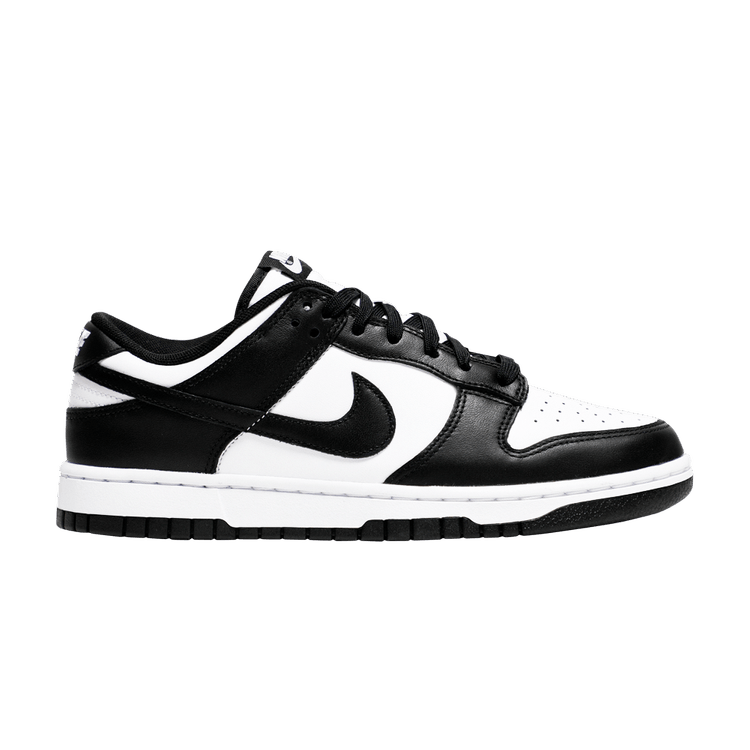
Nike Dunk Low Retro White Black (2021)
From £78

Nike Dunk Low Grey Fog
From £80
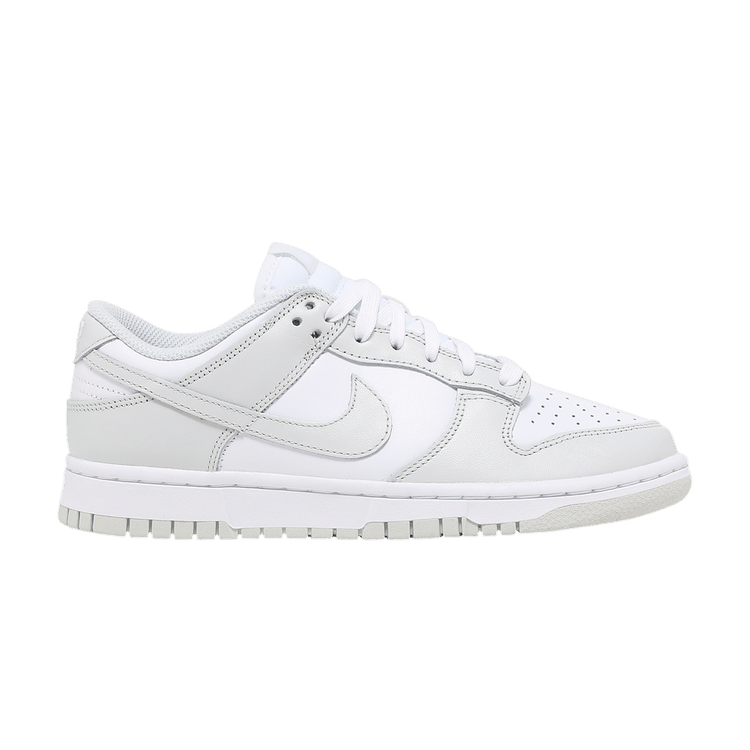
Nike Dunk Low Photon Dust (W)
From £80
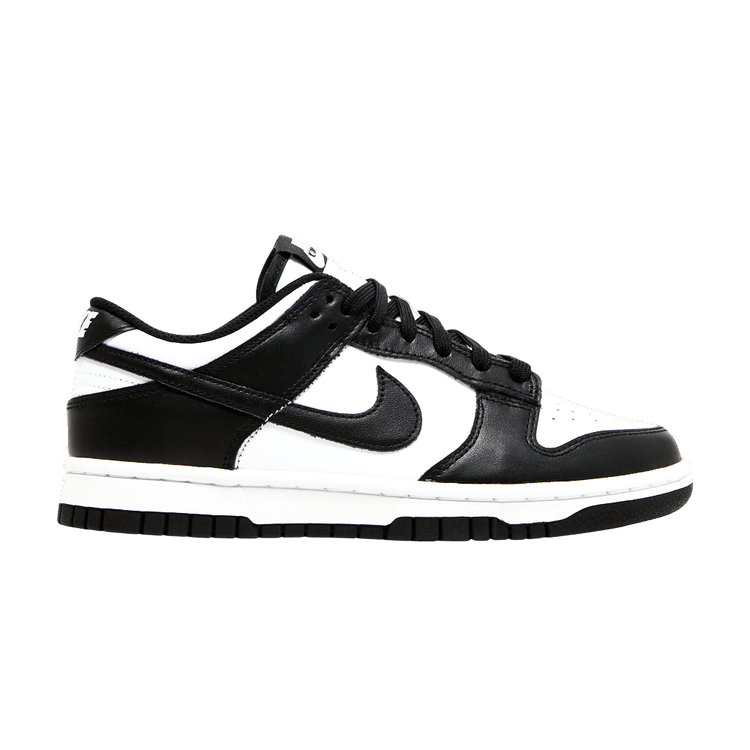
Nike Dunk Low White Black (2021) (W)
From £73
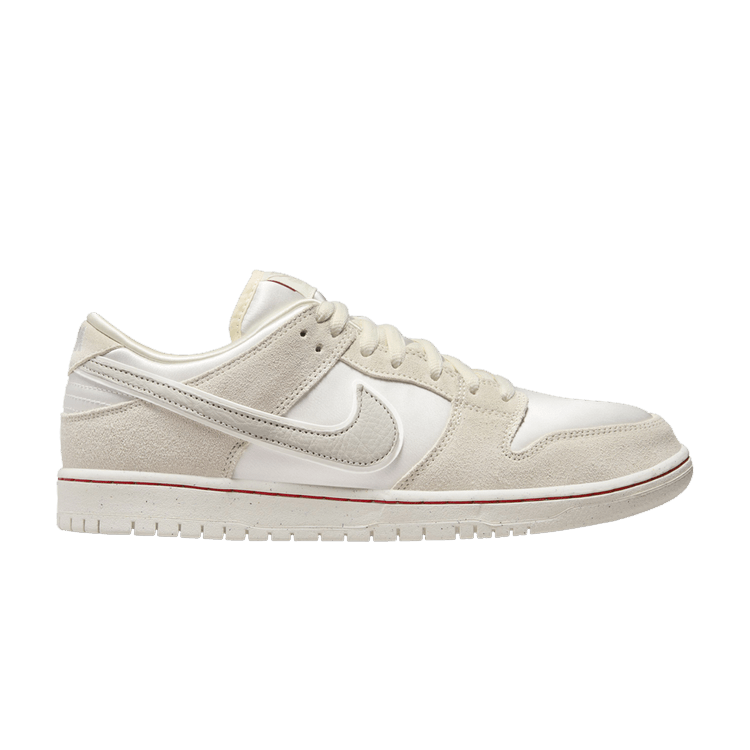
Nike SB Dunk Low City Of Love Light Bone
From £109

Nike SB Dunk Low Classic Green
From £86

Nike SB Dunk Low Big Money Savings
From £89
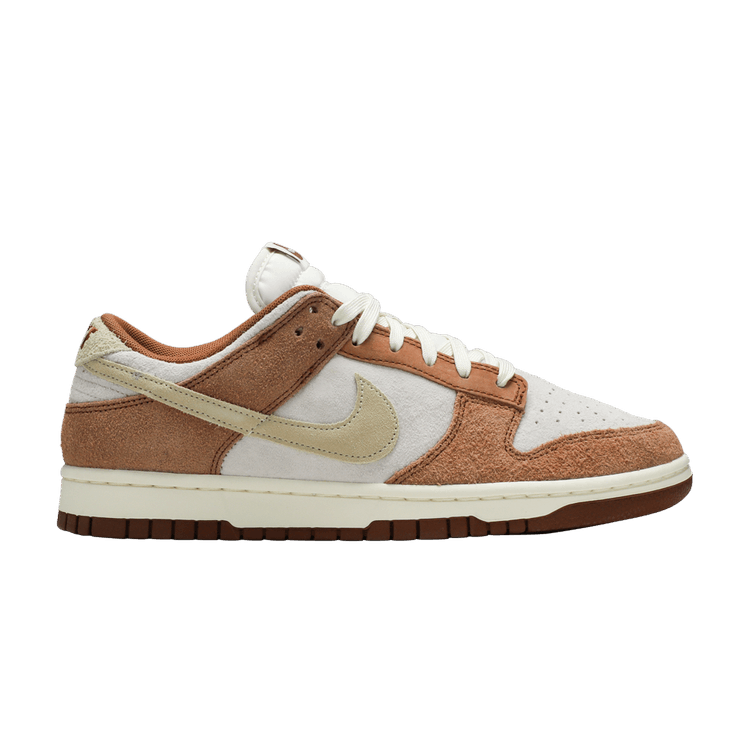
Nike Dunk Low Medium Curry
From £69
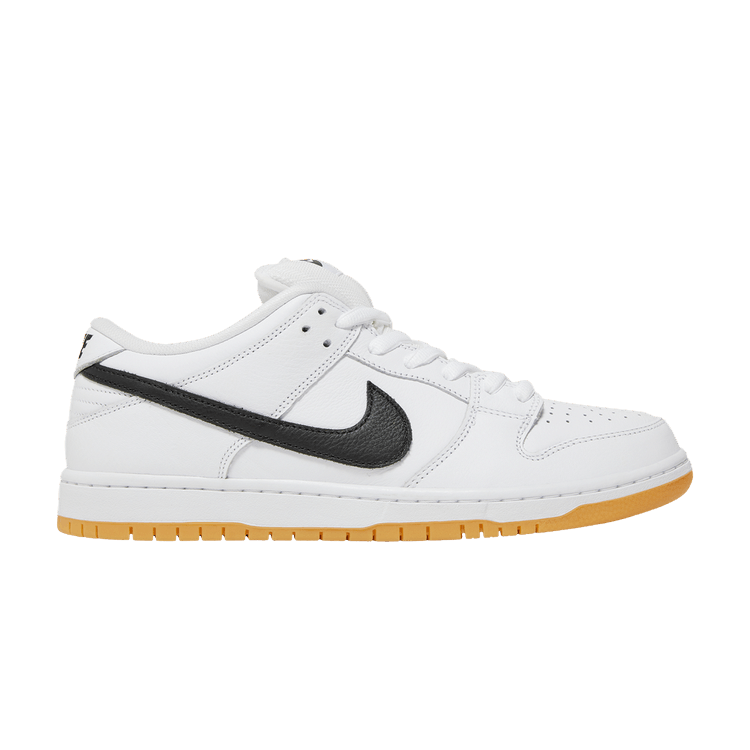
Nike SB Dunk Low White Gum
From £82
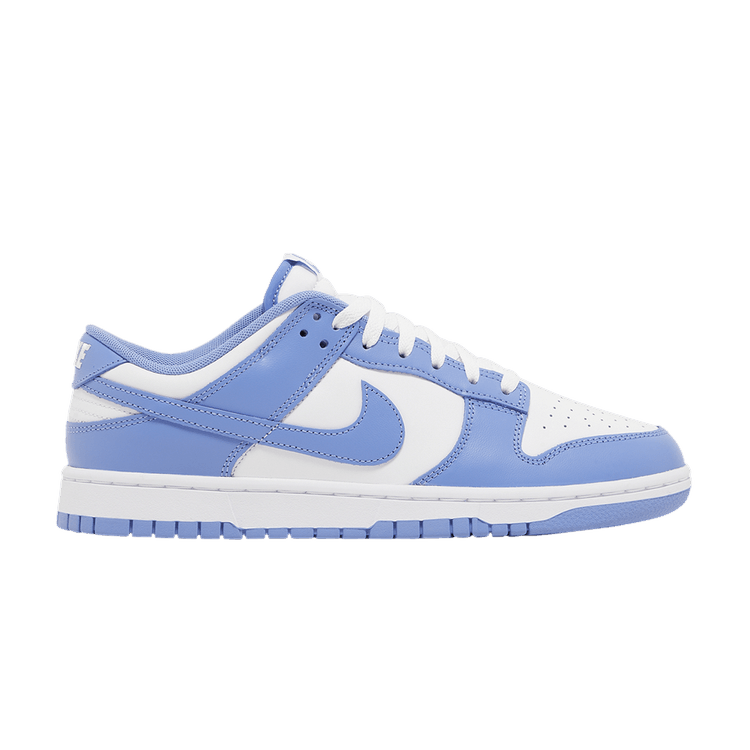
Nike Dunk Low Polar Blue
From £82
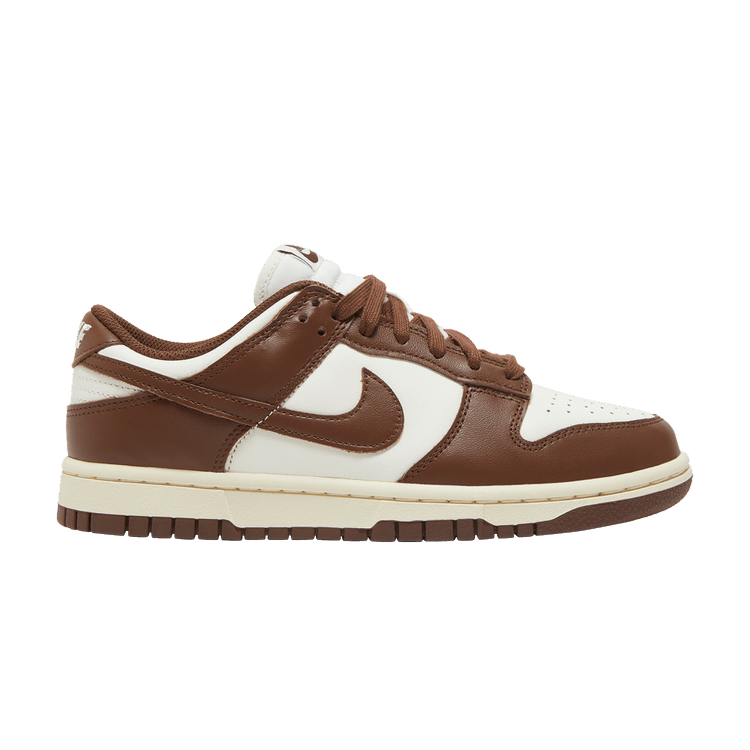
Nike Dunk Low Cacao Wow (Women's)
From £87

Nike SB Dunk Low Premium Pastoral Print
From £101

Nike Dunk Low Michigan State
From £66

Nike SB Dunk Low Hyper Royal Malachite
From £77
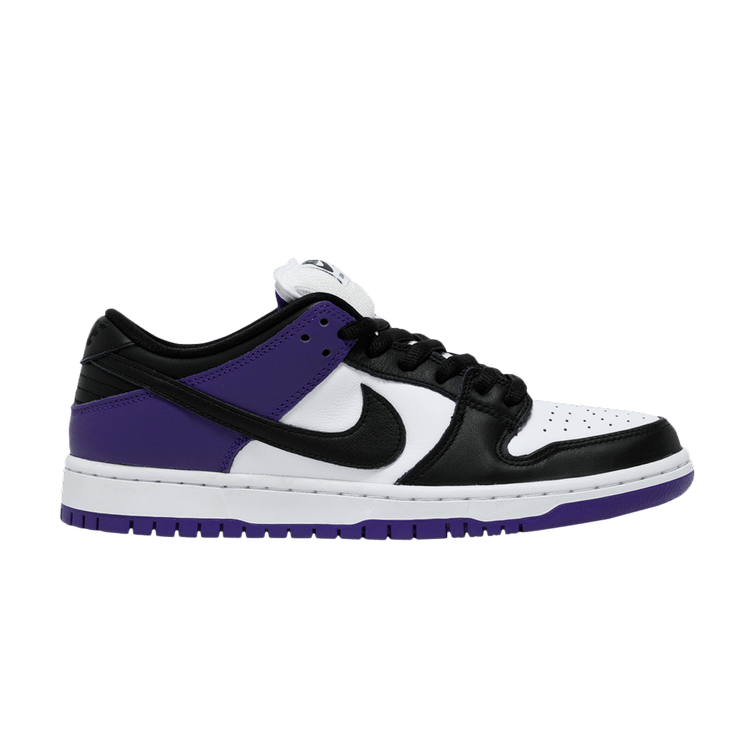
Nike SB Dunk Low Court Purple
From £93

Nike Dunk Low Veneer (2020)
From £98

Nike Dunk Low Neapolitan (Women's)
From £107

Nike SB Dunk Low Electric Pack Olympic Safari
From £72

Nike Dunk Low Retro SE Medium Soft Pink Malachite
From £72
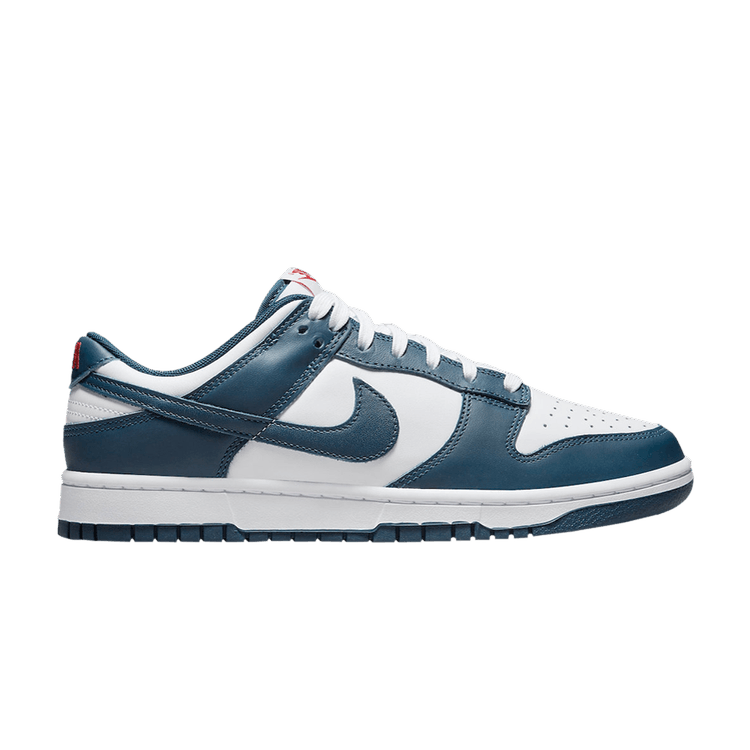
Nike Dunk Low Valerian Blue
From £66

Nike SB Dunk Low Rayssa Leal
From £149
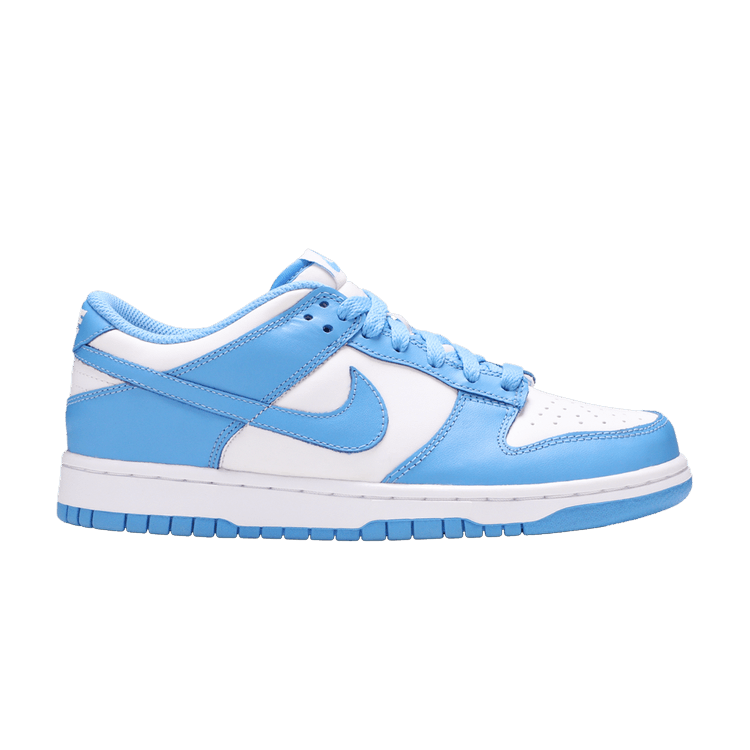
Nike Dunk Low UNC (2021) (GS)
From £82
Nike Dunk
The Nike Dunk is a classic basketball shoe that has been around since 1985. It features a low-top design with a flat sole and an iconic silhouette. The upper is typically made from a combination of leather, nylon, and suede with a thick rubber sole for traction. The Nike Dunk usually has a two-tone color blocking pattern with a variety of colors, such as black and white, navy and white, or grey and orange. The classic Nike swoosh logo is usually present on the sides of the shoe.
Best Colourways
The Nike Dunk Low Black White Panda is the most popular of the many great colourways of the Nike Dunk. Its black and white design is incredibly versatile and complements any outfit or style. The Panda also comes in womens and big kids sizing. The Nike Dunk Low Grey Fog is also a great choice and it is not as widely worn.
Nike Dunk vs SB Dunk
The Nike SB Dunk, which stands for “Skateboarding Dunk”, was released by Nike in 2002. It has a more skate-inspired design, with a low-profile silhouette and a padded tongue, making it a great choice for skateboarding. The Nike SB Dunk also has a more breathable upper with more padding around the ankle and a thicker outsole for better grip. The Nike Dunk is a more traditional basketball shoe with a higher profile silhouette and a thicker midsole. Both styles are great options, so it’s up to the individual to decide which style fits their needs best. SB Dunks are typically released in limited numbers with more collaborations, resulting in higher prices. For example, recent collaborations such as Nike SB Dunk Low x Concepts Orange Lobster and Nike SB Dunk Low x Why So Sad have fetched very high prices in the secondary market.